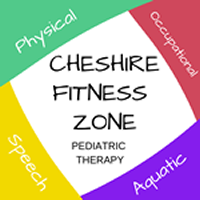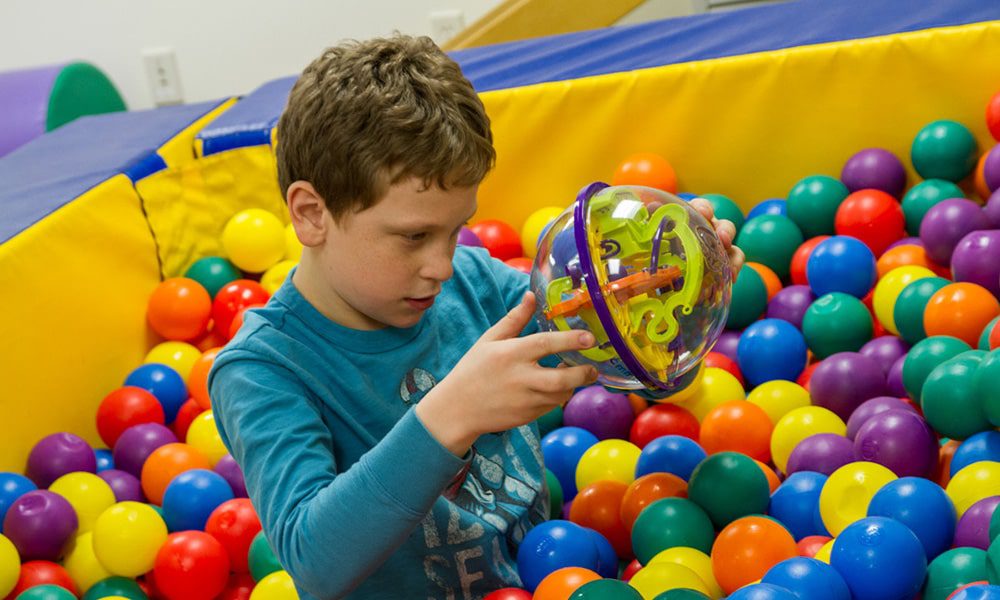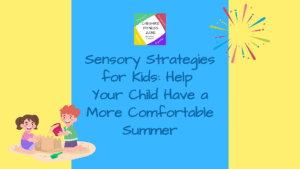Karen Litzy is a physical therapist based in New York City and host of the Healthy Wealthy Smart podcast. We are very glad to have Karen give us some of her precious time and answer a few of our questions regarding physical therapy. You can follow Karen Litzy on Twitter: @karenlitzyNYC
1. Please tell our readers something about yourself and the Healthy Wealthy Smart podcast.
I graduated from Misericordia University with my master’s in physical therapy. I am currently studying for my doctor of physical therapy (DPT) degree at the same university. After several years in outpatient physical therapy clinics in NYC, I decided to start my own practice. I am now the owner of Karen Litzy Physical Therapy, a home health physical therapy practice in NYC. I am the host of the podcast Healthy Wealthy & Smart, which can be found on iTunes. I am also part of the American Physical Therapy Association’s Media Corps.
The Healthy Wealthy & Smart podcast started about 2 years ago. After appearing as a guest on a friend’s radio show, the producer at the station asked if I wanted my own show…so I said yes. The concept of the show (when I first started) was a general health and wellness show. As time went on, I noticed that people responded well to the physical therapy-based shows. As a result, the show now focuses on all aspects of physical therapy, from clinical and business content to how to take care of yourself as a PT.
2. Over the past decade, physical therapy has become an important part of injury rehabilitation for accident victims. Who else can benefit from what physical therapy has to offer?
Everyone can benefit from physical therapy services. Why only go to a PT after an accident, illness, injury or surgery? I think PTs can play a vital role in preventative care as well. We are movement experts, so creating exercise programs to keep people healthy is certainly in our wheelhouse and should be much more common.
3. The public is aware that athletes and sports teams have employed physical therapists for a long time. Yet, not many people who go the gym opt to see a physical therapist for any injuries or aches they may have. Why is that so?
I think this is a great question, and I wish I had a good answer. There are so many factors at play here. It is frustrating that physical therapists are rarely mentioned as the go-to professional for musculoskeletal issues. I think that we as a profession need to be on the same page and work together to raise public awareness about what we do. There are tens of thousands of PTs in this country. If we each become a true advocate for what we do, whether that be in our clinic, community, state or nationally, it can have a huge impact on how the public perceives us. By being proactive and sharing your passion for what you do as a physical therapist the public will listen and hopefully gain a greater understanding of what we do and how we can be of service.
4. How can neuroscience pain education help physical therapy patients?
I think understanding pain is paramount to any injury. In a systematic review by Louw et al they found that neuroscience pain education can help to decrease catastrophization surrounding a musculoskeletal injury and have positive effects on pain perception and disability. This may decrease the idea of a threat to the tissues and allow the patient to move both actively and passively without fear of further tissue damage.1 In my opinion, when people understand something they tend to be less fearful of it and pain is no exception. Understanding that pain is an output of the brain and dependent on many factors (interoception, exteroception, chemical changes in the body, past experiences, context of the injury, beliefs, etc.) can be very empowering for the patient. From a totally anecdotal perspective, I suffered with chronic neck pain for years. I went to hear Dr. David Butler speak about the importance of neuroscience pain education and it completely changed my life.
Now, more than 5 years later, I am relatively pain free. Of course I may have a flare up every once in a while, but I now know that it is just that… a flare up. In my case it really helped me to take ownership of my body and allow me to perform graded movements and exercises to bring me back! Neuroscience pain education can sometimes be challenging, but there are plenty of ways to “find a way in” to your patient. Some examples are using stories (like mine), metaphors, humor, or some patients want the technical scientific explanation. For more information on ways to explain pain to your patients check out the links below:
1) http://www.ispinstitute.com/
2) http://noigroup.com/en/Home
3) http://www.bodyinmind.org/
4) http://somasimple.com/
5) http://www.moveforwardpt.com
These are all wonderful sites with evidenced-based information. There are some great books available through some of the sites to get you started explaining pain via neuroscience pain education to your patients.
5. Pediatric physical therapy has been gathering momentum over the past few years. Can physical therapy be as beneficial for children as it is for adults?
I am not a pediatric physical therapist, but I have seen some amazing PTs work wonders in the pediatric population. I think pediatric physical therapy is an important niche in the physical therapy world. The specialized knowledge and care of those therapists is paramount to the health and well being of the children in their care.
6. It is not uncommon for people to be filled with anxiety before meeting a physical therapist for the first time. If you could give our readers one crucial piece of advice to calm them down what would it be?
I like to take a few minutes before I meet with a patient to focus on my breath and ground myself. This way I am entering the treatment room (or in my case their home) with a calm demeanor. This also helps me to focus and concentrate on the patient without the distractions. The patients will pick up on this and be more comfortable around you. Asking thoughtful questions, listening and showing empathy all go a long way with patients and help to ease some of that anxiety.
Once again, we would like to thank Karen for being a part of this interview and for sharing her expertise with us and our readers.
References:
1. Louw A, Diener I, Butler D, Puentedura E. The effect of neuroscience education on pain, disability, anxiety, and stress in chronic musculoskeletal pain. Archives Of Physical Medicine And Rehabilitation [serial online]. December 2011;92(12):2041-2056. Available from: MEDLINE, Ipswich, MA. Accessed May 20, 2014.



